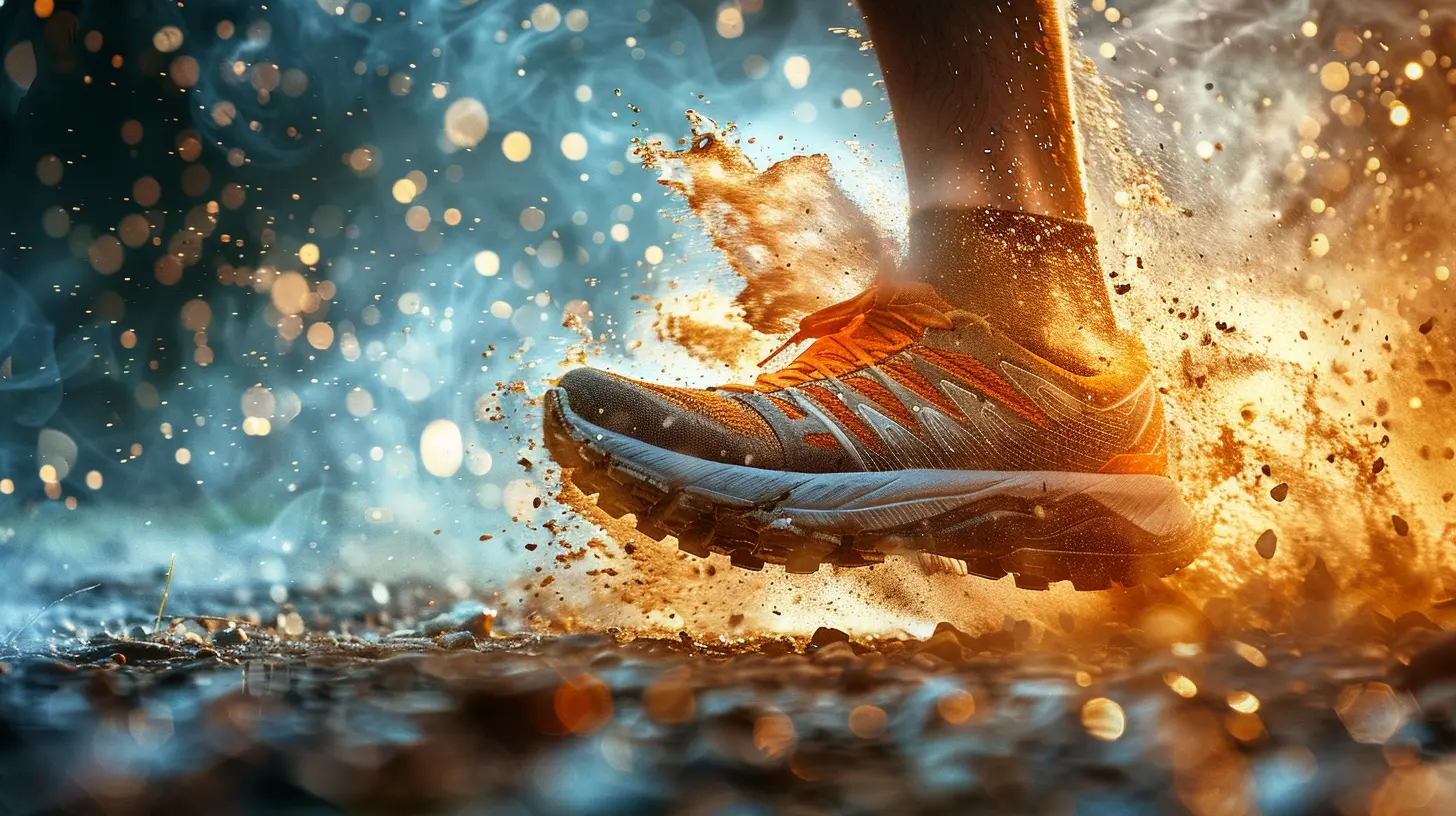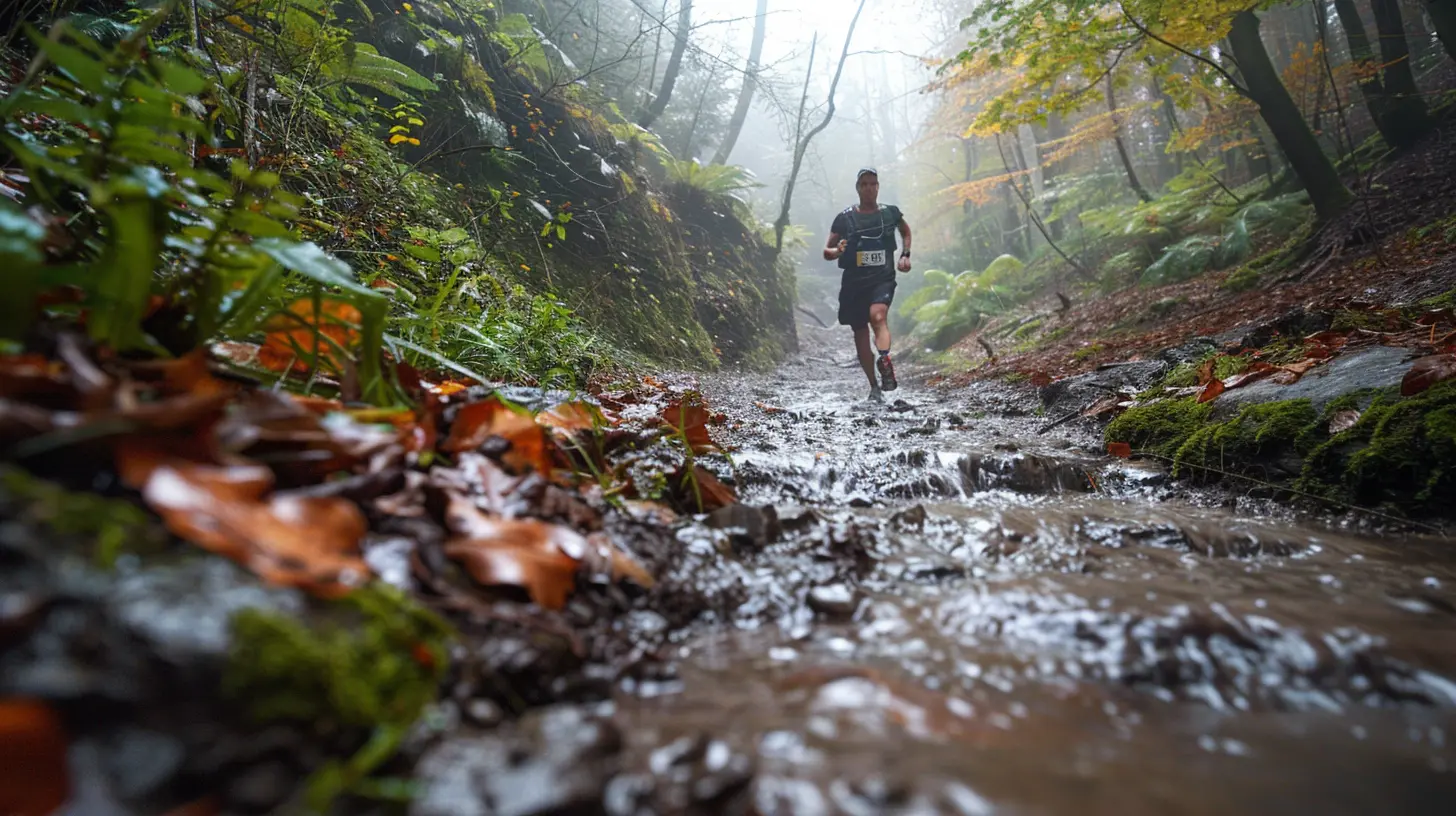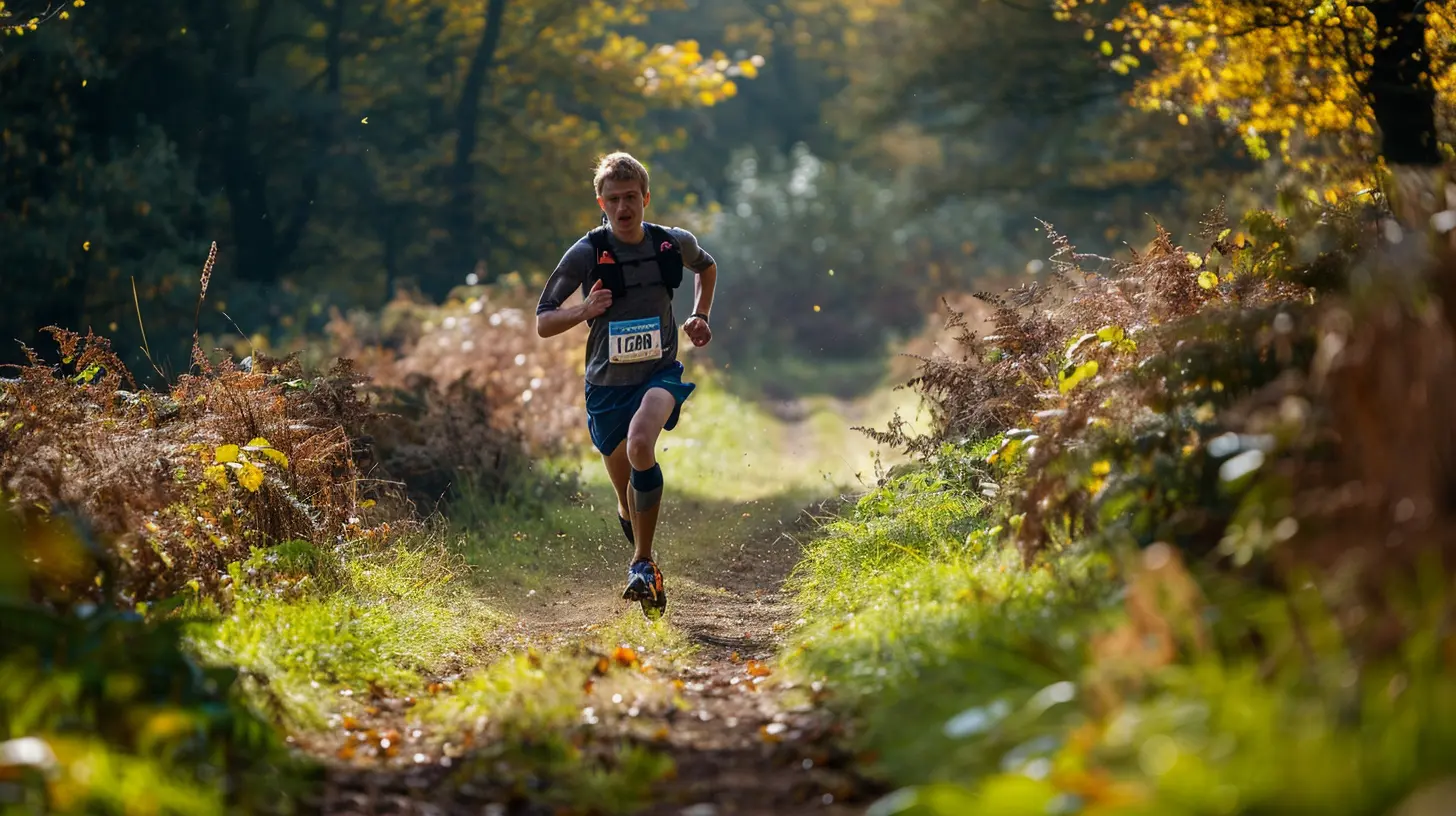21 March 2025
If you're tired of pounding the same old pavement and crave a dose of nature while working on your fitness, trail running might just be your perfect match. Imagine the feel of fresh air filling your lungs, the crunch of dirt underfoot, and the thrill of weaving through trees. But before you lace up your running shoes and head for the hills, there are a few things you should know. From gear and preparation to tips for staying safe, this guide will get you trail-ready in no time. 
What Exactly Is Trail Running?
Trail running is, quite simply, running on trails rather than paved roads or sidewalks. These trails can range from smooth, flat dirt paths to rugged, technical terrain filled with rocks, roots, and steep slopes. What makes trail running so special? It’s equal parts workout and adventure. One moment you’re challenging your endurance, and the next, you’re admiring breathtaking views.Here’s the kicker: Trail running isn’t just good for your body. It’s a fantastic mental escape, a chance to unplug and connect with nature. Sounds like a win-win, right? 
Benefits of Trail Running
Before we jump into the nitty-gritty of how to get started, let’s quickly talk about why trail running is worth your time.1. Better Workout, Less Impact
Running on dirt or grass is much easier on your joints than pounding pavement, reducing the risk of injuries over time. Plus, the uneven terrain engages smaller muscles in your legs, ankles, and core that often get neglected during road runs.2. Improved Mental Health
There’s something magical about being surrounded by trees, rivers, and mountains. Studies have shown that being in nature can lower stress, boost mood, and even improve focus. It’s like therapy...just with more sweating.3. Strength and Endurance
Trail running is no joke. The hills, obstacles, and uneven paths make it a full-body workout. Over time, you’ll notice your endurance skyrocketing and your legs feeling stronger than ever.4. Adventure Factor
Tired of staring at the same treadmill screen? Trails are unpredictable, exciting, and often take you to places you wouldn’t normally explore. Think of it as your ticket to adventure.
What Gear Do You Need?
Okay, let’s talk gear. Unlike road running, trail running comes with its own set of must-haves. You don’t need to break the bank, but having the right equipment can make a world of difference.1. Trail Running Shoes
This is non-negotiable. Regular running shoes just won’t cut it on rugged trails. Look for shoes with good grip (think deep lugs) and extra protection for your feet against rocks and roots. Some popular brands to check out include Salomon, Altra, and HOKA.2. Moisture-Wicking Clothing
Leave the cotton at home. Opt for synthetic fabrics that wick sweat away, keeping you dry and comfortable. Remember, weather can change in a heartbeat, so layering is your best friend.3. Hydration System
Trail runs often mean longer distances and fewer water stops. You’ll need a way to stay hydrated, whether it’s a handheld water bottle, hydration pack, or vest.4. Navigation Tools
It’s easy to get lost in the wild, especially if you’re new to the trail. Bring a GPS watch, a trail map, or a navigation app like AllTrails to keep you on track.5. Other Essentials
- Headlamp (if running early in the morning or late in the day)- Sunscreen and Hat
- Snacks or Energy Gels
- First Aid Kit
Pro tip: Always check the trail conditions and weather forecast before heading out. Mother Nature can be unpredictable! 






Ursula Ellison
Great article! Trail running offers such a rewarding experience, connecting us with nature. I appreciate the practical tips for beginners—especially on safety and gear. It's exciting to explore trails, but being prepared makes all the difference. Looking forward to hitting the dirt!
April 3, 2025 at 3:27 AM